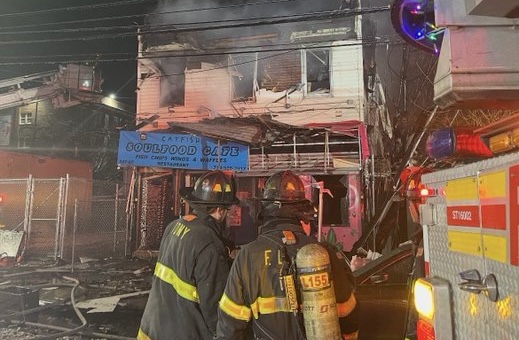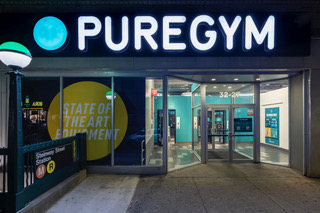Officials are hoping that relief is on the way for Springfield Gardens residents, who have long suffered from the deluge of downpours.
On Tuesday, October 16, city and local officials broke ground on the fourth phase of a project to upgrade sewer and water infrastructure in the southeast Queens community.
“For years, heavy rain in Springfield Gardens meant flooded roads, damaged homes and thousands of dollars in repairs for residents,” said City Councilmember James Sanders, an advocate for the project. “With this … neighborhood upgrade under way, relief is coming soon for Springfield homeowners who have been under assault from Mother Nature for far too long.”
This most recent installment of repairs, totaling $69 million and funded by the Department of Environmental Protection (DEP) and the Department of Transportation (DOT), is part of a larger $175 million project dedicated to improving Springfield Gardens storm management.
In this phase, the area bounded by South Conduit Avenue to the north; 149th Avenue to the south; 145th Road/146th Avenue/225th Street on the east; and Springfield Boulevard to the west will receive roughly 2.8 miles of new sewer lines, nearly 3 miles of water mains, and 84 catch basins, along with new streets and sidewalks.
“Low-lying streets in Springfield Gardens will get a lift with completely reconstructed streets and sidewalks, addressing the area’s flooding and making the neighborhood greener and more inviting,” said DOT Commissioner Janette Sadik-Khan.
Residents are overall pleased with the work being done.
Elizabeth Simms, who lives nearby in an area that was part of an earlier phase, has seen a significant improvement in flooding around her home.
“New drains, new sewers, remaking the street has worked great. Before it was a problem, but now everything goes right down and the street is clean,” she said.
Also part of the project is the creation of a Bluebelt, a wetland that both stores and treats water runoff. This will allow stormwater to be collected in the new catch basins, and discharged into wetland systems where the water will be naturally filtered. The wetlands will store the water, allow any solids or debris to settle and excess nutrients to be absorbed by vegetation. The filtered water will then be discharged into the nearby Springfield Lake and existing streams into Jamaica Bay.
Dredging for the project is set to begin in the spring, and will be managed by the City’s Economic Development Corporation (EDC). Completion is estimated for 2014.





































